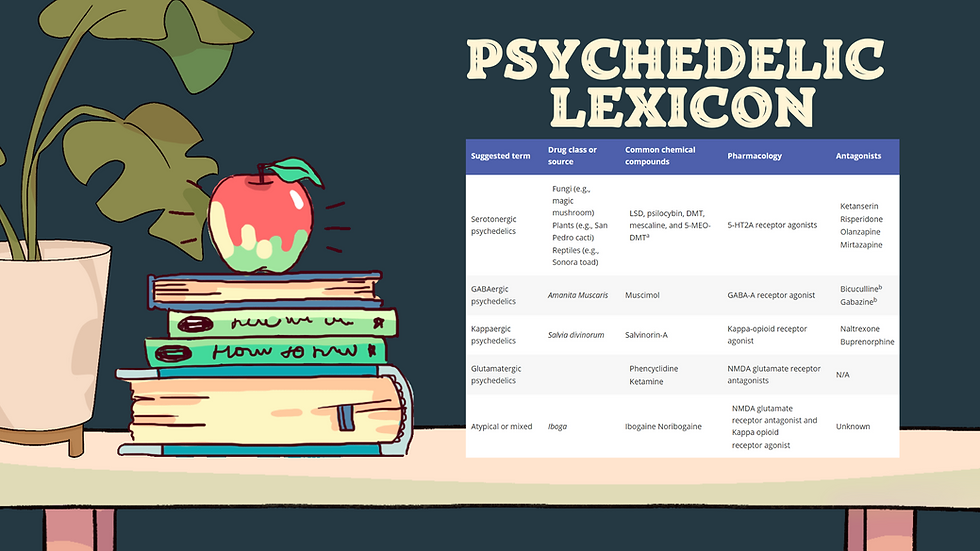Losing the innovation footrace: Refining regulations in the creation of overdose reversal technology within the United States

Authors
Aaron Wang, David Gordon, Abigail Kohler, Adina Singer, Alexis Roth, Ben Cocchiaro and Cameron Baston
Published
Sept 25, 2025
Abstract
The current mechanisms in the United States to research and develop novel reversal agents for substances that can lead to overdose are restricted by regulations placed on the pharmaceutical industry. While there are many forms of harm reduction critical to saving lives that require increased investment and research, it is proven that reversal agents, such as naloxone, help prevent overdose morbidity and mortality. In the setting of an evolving crisis of illicit substance use and related overdose with new, increasingly potent substances appearing in communities nationwide, it is essential to implement a structured approach to rapidly develop and deploy efficacious harm reduction tools to save lives. In this article, we review the history of US scheduled drug regulation which aims to mitigate substance use but also paradoxically hinders research into treatments for drug overdose. We also discuss the regulation of drug reversal agents in the context of changing patterns in illicit substance use as well as barriers to the rapid development of medical devices associated with drug reversal agents that address immense public health needs. The overdose epidemic is a national crisis that requires technological solutions in addition to sociopolitical reform. Even if a reversal agent or medication is approved for an emerging substance, the existing regulatory landscape for drug delivery devices discourages the development, access, and widespread adoption of potentially lifesaving treatments. A systematic approach to monitoring the evolution of illicit drugs and a more streamlined regulatory pathway is urgently needed to facilitate the development and deployment of effective harm reduction tools.
To access the full publication from the Drug Science Policy and Law journal, please see below:




